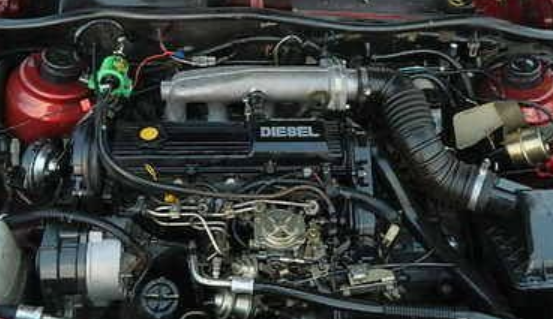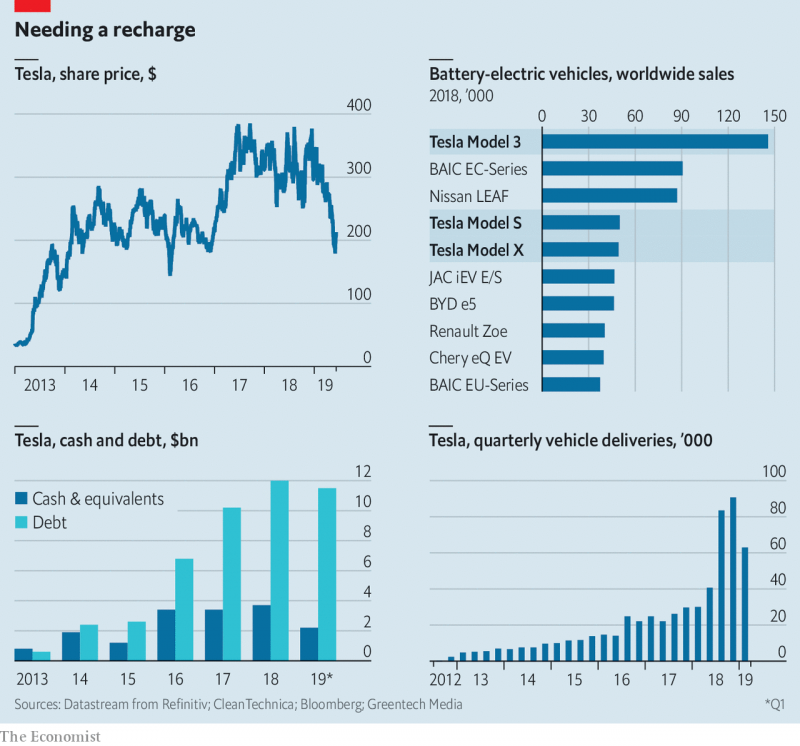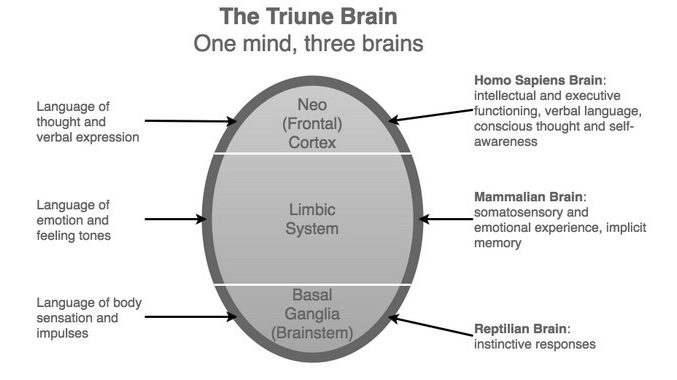
I call your attention to the brilliant marvel of engineering shown in the image below. This model was developed before most of you were born. It is the little diesel engine that could – get 60 mpg, in my second car – a 1984 Ford Escort Diesel. Most people didn’t even know they existed, but as a college sophomore, when I got tired of my crappy, rattling, vibrating, chintzy Mustang, I snapped up this baby for a deep discount from the Billion auto empire in Sioux Falls, SD.

There was no air conditioning or power anything, including no power steering. It featured maximum efficiency, and with a five-speed manual transmission, the fullest control one could have over energy consumption, and driving in general.
Ultimate Control
I would be surprised if more than a handful of readers have ever driven a car without power steering, let alone a manual transmission. Both features, which 99% would consider inconvenient, have great benefits.
The manual transmission provides precise control over power and efficiency. The manual steering provides maximum connection with road conditions. For example, if I came across an ice patch on a wet road, the wheel would transmit that sensation to my hands immediately. That signal is 98% muted with power steering.
People say they want control, and in fact, “they demand” control over their energy-using stuff, but I’m not buying it[1]. Dudes, we had 60 mpg cars 35 friggin’ years ago! If we had a version of this car today, it would have less net emissions than a Tesla, powered with off-the-grid electricity. Go ahead and prove me wrong, but you get the point.
People don’t want efficient cars because they have no sex appeal. May the following makes and models RIP:
- Chevy Cruze
- Chevy Sonic
- Ford Focus (formerly, the Escort)
- Ford Fiesta (for the second time)
- VW Beetle (for the second time)
- Dodge Dart (for the second time)
- Scion – the entire brand
Cool Virtues
There is, of course, a tiny, but sort-of growing niche market for electric vehicles. Why are people buying EVs? Primarily to flash virtue and look cool.
I’m not alone in this; it’s right here from a “The Ohio State University” professor. In a hypothetical discussion, she says, “How does this [concern for the environment] reflect on me? That is what is driving the behaviors and decisions.”
Stays in Vegas
There you have it, folks, what you do in Vegas stays in Vegas and what you do in your home stays in your home. That is the rub for the masses regarding home energy management – probably not you, but the masses. People don’t get virtue points or bolster their image for managing their home energy use.

Regarding residential energy users, it helps to have bamboozled customers. The Ohio State study revealed that customers who thought they understood their time-of-use (TOU) bill and energy consumption, in reality, knew less (than what? I’m getting there), did less, and were happier with the program than those who actually understood how the billing and program worked. The bamboozled stayed. The learned left.
If consumers “demand” control of their energy use and cost, wouldn’t they want to exploit TOU rates and use the equivalent stick shift and no power steering to leverage the rates to their advantage fully? Apparently not. Brattle Group reported less than 3% of customers with available TOU rates chose them.
Energy Management Controls Lives?
Just as distributed energy resources bucks the Amazonification of the economy, mincing and controlling with interactive control bucks the subscriptionification of services.
Remember when there were tiered rates for long distance calls? Does anyone know if long-distance charges even exist today? I don’t. Ten cents a minute on the weekends! Fantastic! What a pain. What time is it? When can I call Mom?
People did not want to plan their lives around their telephone bill, and they won’t do so for their electric bill. They would rather pay one fee and forget it. If it’s control they want, it has to be set it and forget it. Why? Well, of the first possible thousand reasons, I’ll provide a couple that come to mind.

The Lazy Brain
Thinking requires energy – a lot of energy. The brain requires ten times more energy per pound than the rest of the body. Go ahead, blow your kids away with that fact.
The “demand” for control, or at least to actually do it, comes from the neocortex – where logic and your power to read this blog emanate. In fact, I work my bum neocortex off every week just to keep my readers engaged to the end. Why? Because the limbic brain, the part everyone uses the most, violently looks out for number one – avoid pain, run from fear, seek pleasure.
On that note, to convince a consumer to do energy efficiency, it first helps to solve some other problem to please the limbic brain. “I’m cold all the time.” “Weather sealing and insulation are what you need.” “Great, where can I get some?”
See? It’s avoiding pain (feeling cold) for pleasure (feeling cozy).
Next week we will learn about successful energy management and engagement, believe it or not!
[1] This is what I read in our industry’s publications but mentions outside our industry are rare, If they exist at all. Be careful, and do not project.






Join the discussion 2 Comments